11 mysteries of famous icons that you didn’t know
Certain works of art and architecture are known the world over.
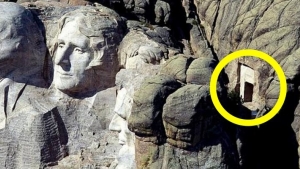
Whether it’s architecture, a sculpture, or a painting, art leaves an indelible impression throughout the years. Their notoriety also transcends borders. The Mona Lisa, the Eiffel Tower, The Empire State Building ... There are many works of art to know. But do you actually know everything about them?
We lift the veil on 11 mysteries that 90% of people don’t know about the most famous works of art.
1. The apartment at the top of the Eiffel Tower

Gustave Eiffel, the man who designed the Eiffel Tower, built and fitted out an apartment for himself and his boss on its topmost floor. He often used it to rest and receive guests, taking advantage of its amazing view. Thomas Edison had the privilege of having a long conversation with him there. The apartment has it all, with a kitchen, bathroom, two bedrooms, and a living room. Today it serves as a museum, complete with wax statues of Eiffel and Edison.
2. Chains at the feet of the Statue of Liberty

The Statue of Liberty was offered to the United States from the people of France, as a gift for the hundred-year anniversary of the American Revolution. It is the symbol of freedom, democracy, and the end of slavery. And this is exactly what the chains at the feet of the Statue represent. Have you ever noticed them?
3. Mona Lisa
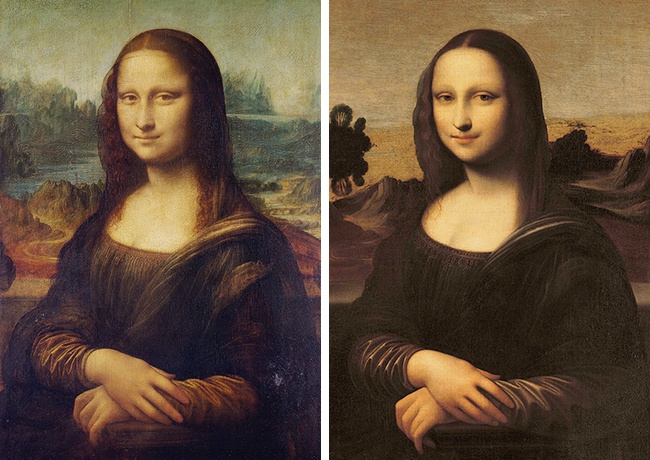
This representation is so famous that many artists have tried to reproduce The Mona Lisa. Some think that there is another representation probably not painted by Da Vinci, and this one is not a copy. The second version seems to have been painted from a different angle, maybe even painted by another artist, even several others. Experts agree, however, that this version is earlier than the one by Leonardo da Vinci.
4. The time capsule inside Mount Rushmore
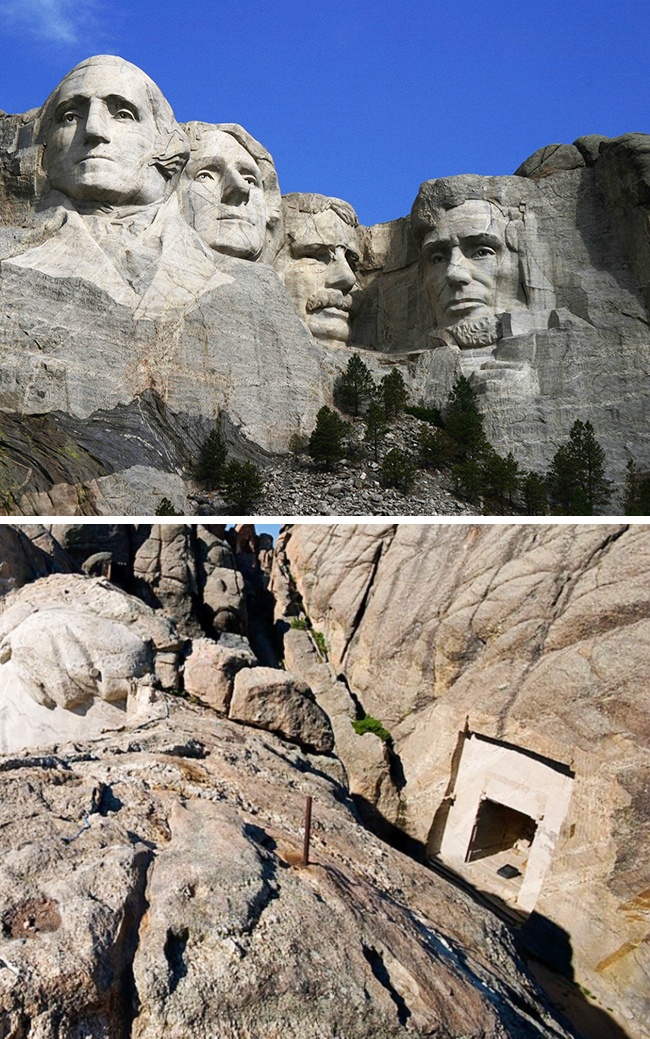
Gutzon Borglum was the very talented designer and sculptor of Mount Rushmore. He had the idea of ??creating a sort of memorium within the cliff itself. It would, in fact, be a secret room containing all the information on the history of the United States and the archives of the country. Symbolically, he dug a cave at the back of Abraham Lincoln's head. Unfortunately, he was unable to complete his ambitious project, since he died before it was finished. Nevertheless, as a tribute, in 1998, more than 50 years after his death, archives and important copies of documents concerning various US Presidents were placed there, used as a sort of "time capsule."
5. The Matterhorn at Disneyland

(C) panoramio (C) waltsapartment
It’s a replica of the Matterhorn, a Swiss mountain located on the Swiss border with Italy. The Matterhorn at Disneyland is known for being the first steel track roller coaster in the world. But in reality, there’s more to it... At its summit, there is a kind of attic, accessible only to the climbers and the park’s security teams. This is where Tinkerbell goes when she flies over the park. There is also a basketball court. Surprising? Not that much. In fact, in California, any building more than 25 m tall had to have a reserved area for playing sports and exercising. In addition, there’s a resting area at the foot of the attraction for staff members.
6. The Sphinx, as we know it, is not how it really looked
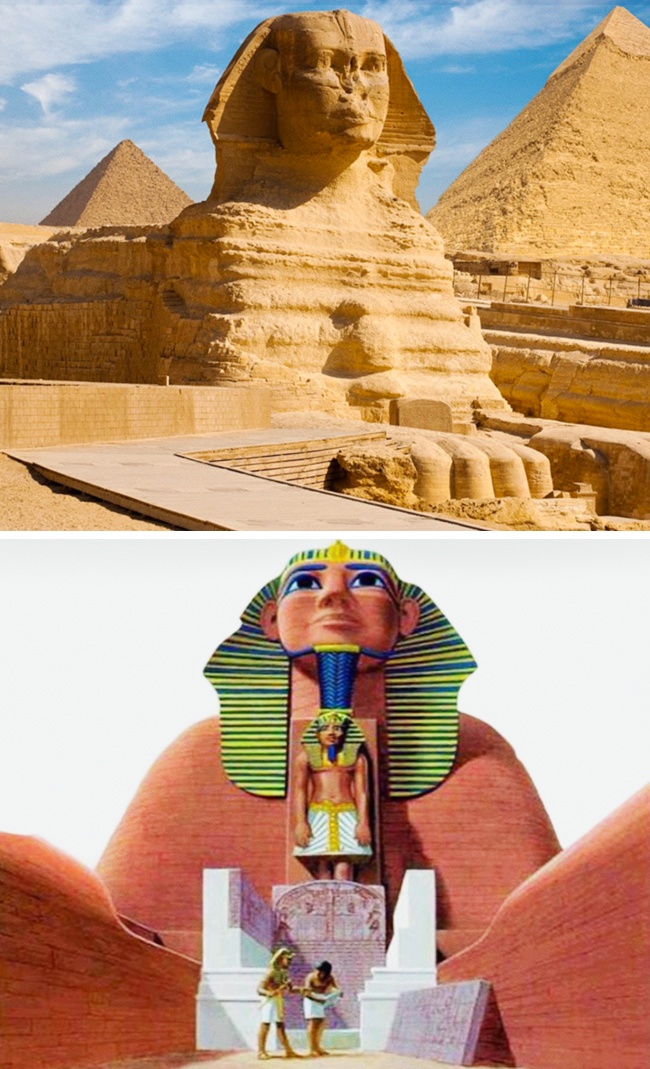
(C) pius99/ (C) depositphotos (C) cheops
This is the oldest statue in the world (recorded to date). Its sandy color is not a true representation of what the great Sphinx of Giza looked like at the time. In fact, it had splendid, sparkling colors. Some colored pieces still exist behind its ears. It also had a beard and obviously a nose. Various British and Egyptian museums have taken possession of what pieces were found in excavations. Some scholars tend to theorize that the Sphinx initially had a lion's head with a human face: hence, the disproportionate sizes of the body and the head.
7. Secrets of the Leaning Tower of Pisa
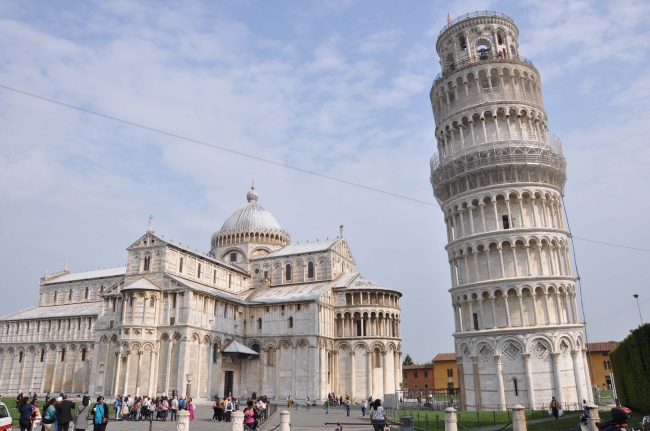
The most famous tower in Italy has many secrets. In fact, even today nobody knows who built its bell tower. The reason is simple: it was completed over the course of 200 years. Historians usually agree that Bonanno Pizano was the designer, but the baptistery built near the tower was done in the same style. And it was the work of Diotisalvi. The mystery remains!
8. The face of Rembrandt’s Danaë
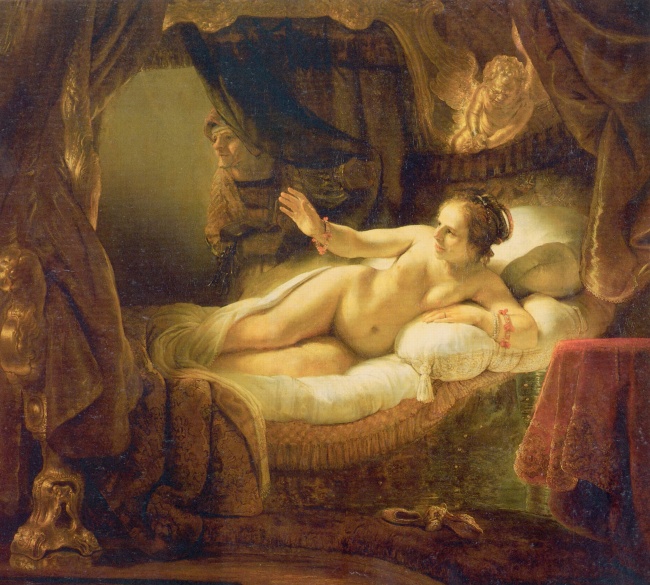
Two years after his marriage to Saskia van Uylenburgh, Rembrandt began to paint Danaë. Although the artist often represented his wife in his works, the mystery remains as to the fact that the resemblance is not so striking with Danaë. In addition, this painting recalls many works that he had made later. The mystery was lifted only recently. In fact, using X-rays, two faces of two different women are clearly visible. It would seem that he redid the painting after his wife's death, giving it the features of the other woman he loved: Geertje Dircx. So Danaë ended up being the portrait of the two women in his life.
9. The name of the most famous tourist attraction in Britain
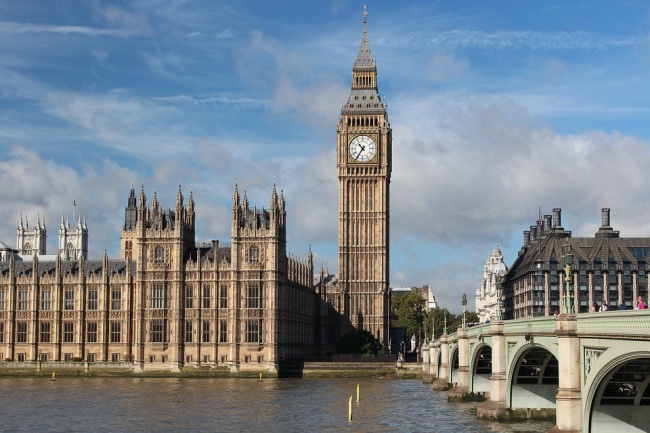
In reality, "Big Ben" only refers to the clock of the tower and not to the entire "British Houses of Parliament." Until September 2012, the official name of the complete structure was "The Bell Tower of the Palace of Westminster," but since then, its name has been changed to "The Elizabeth Tower." At the moment, no one knows exactly where the name "Big Ben" came from. Some people, however, think it's the name of the powerful man who managed the bell foundry, while others think this nickname comes from Benjamin Count, a heavyweight boxing champion.
10. The color of the Golden Gate Bridge
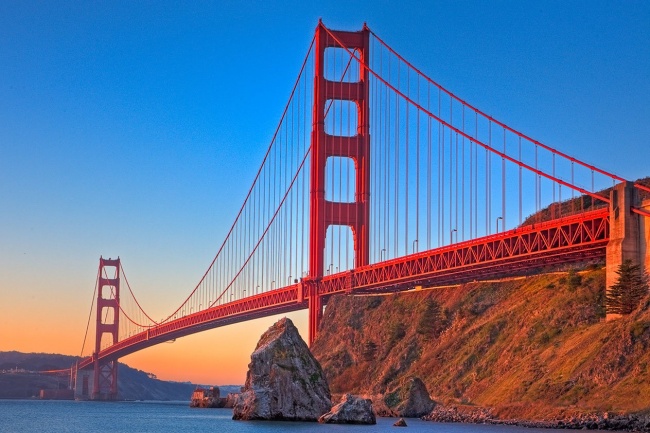
The Golden Gate is one of the most photographed structures in the world. Its construction took a long time, as it required an agreement with the United States Navy. Once permission was obtained to build it, the Navy requested that the bridge be painted with black and yellow stripes, so it could be seen even in storms and fog. Fortunately, Irving Morrow, the architect in charge of the project, succeeded in convincing the navy that a dark orange paint would be just as effective, without distorting the landscape. This color is what makes it famous today.
11. The color of the sky in Edvard Munch’s The Scream
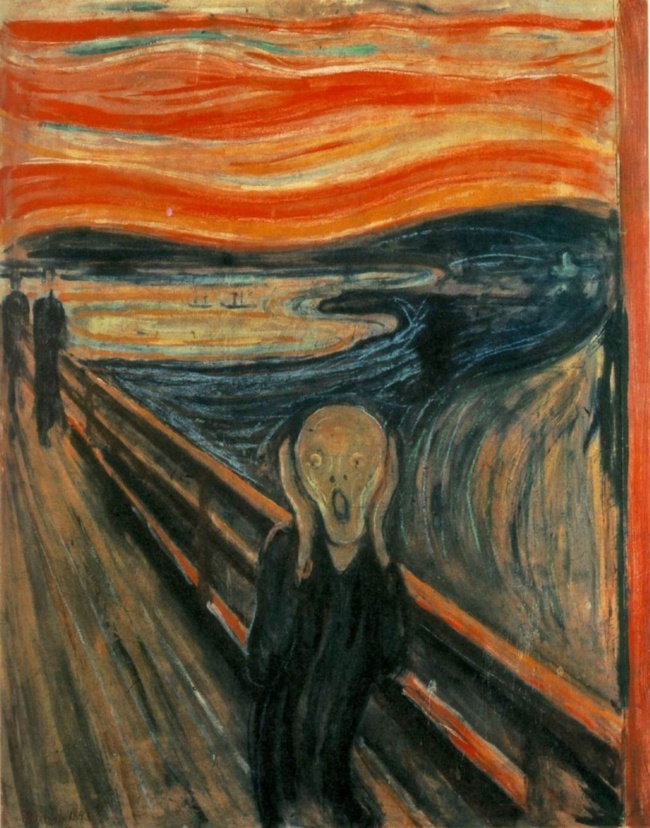
The initial name given to this painting was The Scream of Nature. The artist explained that at one time, the sky turned blood red. Exhausted, he saw “blood and tongues of flame over bluish-black fjord and a city.” It seems that what the painter actually saw was the volcanic eruption of Krakatoa in 1883. The sky had indeed taken on a red color, and black volcanic dust had taken over the sky. Bright flamelike sunsets were observed in the sky all over the world.
Source: worldartdalia.blogspot

By Straker Julia
Writer
Passionate about writing, I write articles on the subjects that I love. Creativity and Animals themes are my favorites!


